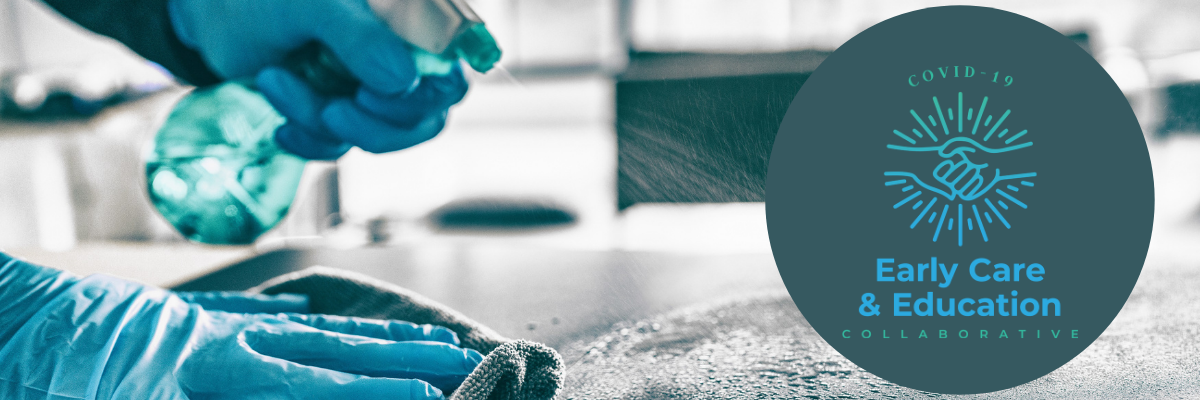Healthy Homes Guide to Cleaning and Disinfection
General Information and Best Practices
Para la página en español, visite Información general y mejores prácticas.
These resources provide general information and describe several best practices to reduce germs, prevent the spread of illness, and maximize the efficacy and safety of the cleaning and disinfecting processes. This guidance is general and provides a summary of the more detailed information you’ll find elsewhere in this guide.
Basic best practices and tips include the following:
- Avoiding exposure to viruses and bacteria is the best way to prevent infection. For respiratory illnesses, this includes washing your hands frequently, practicing social distancing, wearing a mask or face covering in public, and cleaning and disinfecting regularly.
- Key principles of contamination control include eliminating germs and minimizing their movement on surfaces.
- Consider all frequently touched surfaces to be contaminated.
- Longer disinfection time is required for more resistant viruses and bacteria. Be sure to read the label and adhere to the appropriate instructions regarding contact time.
- The disinfectant will only kill viruses and bacteria that the product directly contacts. Therefore, the product must be applied to the entire surface.

Additional recommendations emphasized in this guide to maximize the effectiveness of cleaning and disinfecting include:
- Clean first, then disinfect. Cleaning first will remove contaminants and reduce the number of germs you need to kill or inactivate on a surface, thus increasing the effectiveness of your disinfectant.
- Focus on cleaning and disinfecting frequently touched surfaces in the home.
- Always follow all label directions.
- Use bleach with extreme caution, only when necessary, and as recommended per label instructions.
- Wash hands with soap and water for 20 seconds, especially after using a disinfectant.
- Alcohol-based hand sanitizer should be used only if soap and water is not readily available.
- Proper ventilation is crucial to ensure safety while using disinfectants and to combat infectious respiratory diseases viruses like COVID-19.
- Consider using gloves when routinely cleaning and disinfecting or when caring for someone who is sick.
- Consider wearing eye protection to shield against potential splash hazards when using disinfectants.
- Throw away disposable items such as gloves and masks after use after use with disinfecting products.
- Keep cleaners and disinfectants out of the reach of children.
Resources
Factors Affecting the Efficacy of Disinfection and Sterilization
While this CDC resource is geared towards disinfection and sterilization in healthcare facilities, it outlines several key points about germ reduction and making the process of disinfection more effective. [url; CDC]
Cleaning and Disinfecting to Prevent COVID-19
This brief resource from the Boston Public Health Commission provides clear, concise, and easily digested tips on cleaning general best practices. [pdf; BPHC, 2019]
Using Disinfectants to Control the COVID-19 Virus
The National Pesticide Information Center’s website presents information on using products effectively and steps to reduce your risk when using disinfectants. [url; NPIC, 2020]
